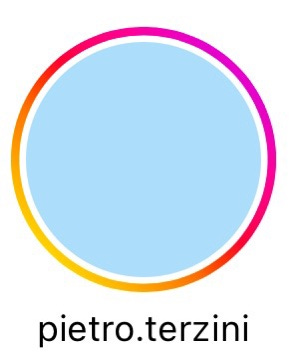We all need a Rosebud in our connected lives.
How a certain something speaks volumes about who we want to be in social networks.
The entire plot of the movie Citizen Kane revolves around a mysterious word uttered by Charles Foster Kane on his deathbed: "Rosebud." A red thread carried by the character Jerry Thompson, a reporter who starts investigating to understand what this mysterious rosebud refers to, but in vain. It's not until the end of the film, when Orson Welles's camera reveals that it is the name of the sled Kane played on as a child, his last happy memory. It demonstrates that despite rumors, gossip, and numerous testimonies, determining the true nature of a person is not so straightforward. Orson Welles has no other recourse than to suggest using an omniscient camera, the only one that imposes a certain accuracy, and not the humans staged.
Rosebuds in social media: a small detail that speaks volumes
So, what does this have to do with social media and the concept of "vivance," the quality or state of being alive? The need for digital rosebuds explodes through the avatarization of our connected lives.
Pierre Assouline, journalist and writer, author of "Rosebud (Splinters of Biographies)," gives a very contemporary definition of rosebuds:
"This little something that betrays us by revealing ourselves to others. The rosebud can be clothing, an object, a gesture. A snow landscape in a crystal ball. A work of art possibly. Or a madeleine. It can be a trace or an imprint. Sometimes even just a page from a book. Or a word. It doesn't matter if it's just a detail, as long as it's a correct detail."
Pierre Assouline
This little something is found in history: Jean Monnet's red scarf is a case in point. Adapted to the era of our connected lives, new expressions of rosebuds are emerging.
Rosebuds: Facilitating the contract of reading with the audiences
Sophie Fontanel, a journalist and brilliant Instagrammer, has developed her own rosebud by feeding her brand "Sophie Fontanel. Écrit. Writes." The principle: descriptions of her photos in French and very approximate translations into English that add a touch of humor.
Some rosebuds are more implicit for users who try to be better represented among the thousands of other avatars or indicators of vivance, like the artist Pietro Terzini, who uses a particular shade of blue found both on his Instagram account and in various fashion collaborations. Through repetition, this color code becomes an inherent part of how we perceive the person. The best sign of the importance of rosebuds: when someone changes their profile picture, many people announce it in their Story and make it an event. OMG.
Rosebuds are not just visual; they can be in the way we write, add hashtags, or in the myriad of small elements that social media puts at our disposal. Not entirely fixed elements, rosebuds are like radio jingles: they create anticipation, send a signal, create an online presence among our small or large communities.
At "We're not really strangers," Koreen Odiney's project aiming to break the ice and promote better communication through her card games, we find a subtle version of the rosebud. She transforms emails that sometimes have a bad reputation—too commercial, too much spam, too empty—into a small attention to her audience.
So, what's your rosebud?






